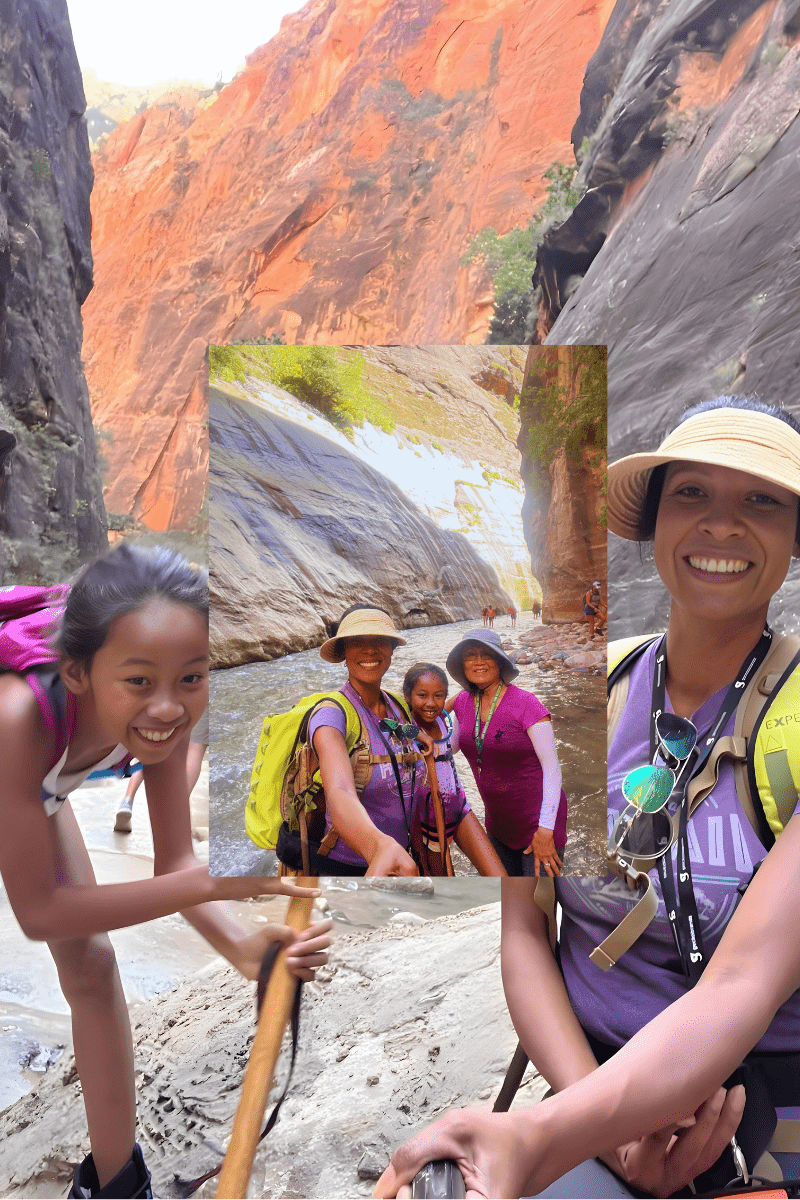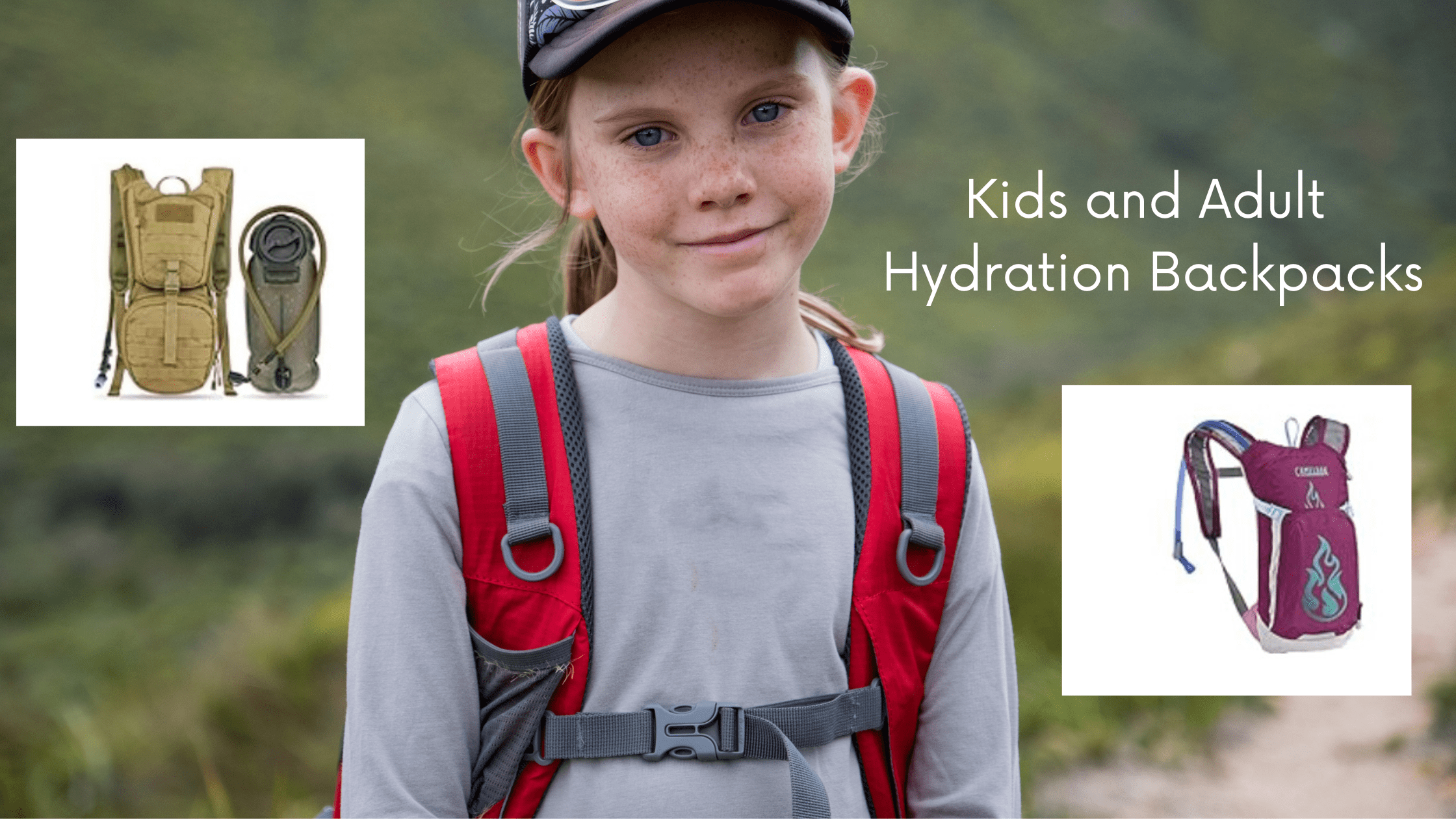As we neared the South entrance of Mt. Zion National Park, the excitement was palpable. The sight of towering red cliffs and sweeping vistas took our breath away. Our journey to discover Mt. Zion with family was off to a spectacular start. It promised unforgettable moments amid nature’s grandeur. The approach through the rugged landscape heightened our anticipation. Each curve in the road revealed more of the park’s majestic beauty, setting the stage for a day of exploration and bonding.
Parking and Amenities in Springdale
Before entering the national park, we parked in Springdale. It is the last town before the South entrance of Mt. Zion. Parking cost $25.00 for the day. This fee also allowed us access to public restrooms, which required a code from our parking pass for entry. The town’s infrastructure is well-adapted to tourists. Trolley stops are conveniently located throughout. This makes access to the park easy without the hassle of driving the final stretch. We waited about 10 minutes for the trolley, which took us directly to the national park entrance. This made the journey seamless and enjoyable.
Exploring Zion Outfitter
For those planning specific adventures such as hiking through The Narrows, Zion Outfitter offers gear rentals at reasonable prices. Renting the right equipment is crucial for safely enjoying some of the park’s unique experiences. Zion Outfitter provides everything needed for a well-prepared trek. This includes specialized water gear for comfort and safety. The staff at Zion Outfitter were knowledgeable and helpful. They offered tips and advice on how to make the most of our hiking experience. They emphasized the importance of environmental stewardship, encouraging all hikers to leave no trace.
Discovering Mt. Zion’s Local Establishments Near Zion Outfitter
Our preparation at Zion Outfitter, combined with the initial exploration of the park’s entrance facilities, allowed us to fully immerse ourselves in the natural wonders of Mt. Zion. Each step further into the park promised more stunning views and memorable experiences, all shared with family by my side.
Nearby Dining and Shopping
Here are the names of the places mentioned near Zion Outfitter in Springdale:
- Café Soleil: Known for its hearty breakfasts and energizing coffee.
- Zion Outfitter: Provides essential hiking gear rentals and various snacks and hydration options.
- Switchback Grille: Ideal for a hearty post-hike meal.
- Deep Creek Coffee Company: Offers a quick caffeine boost and light snacks.
These establishments are conveniently located near the entrance to Zion National Park. They are ideal stops for visitors looking to prepare for or unwind after their adventures in the park. Each location offers a unique service or product that enhances the overall experience of discovering Mt. Zion with family. From a robust breakfast to start the day to the necessary gear for a safe and enjoyable hike, they ensure every need is met.
Entry Costs and Initial Impressions
The entrance fee to Mt. Zion varies depending on the type of pass purchased. Visitors can choose from several options:
- Standard Pass: Ranges from $20.00 to $35.00 depending on vehicle type and capacity. This pass is ideal for single, non-commercial vehicle entries.
- Annual Pass: Costs $70.00 and is perfect for frequent visitors. It offers unlimited entries to Mt. Zion for one year from the date of purchase.
- America the Beautiful Pass: Priced from free to $80.00, this pass covers entry to more than 2,000 federal recreation sites across the country. There are several versions, including passes for seniors, which offer significant benefits and savings.
Each of these passes contributes to the conservation efforts within Mt. Zion. They help maintain the park’s natural beauty and infrastructure for future generations.
Entrance Fee Benefits
Upon entering the park, the sweeping vistas and pristine conditions made the value of our entrance fees clear. The air was fresh, filled with the scent of pine and earth. This was a stark contrast to the arid desert outside the park’s boundaries. This entrance fee not only facilitated our exploration but also represented a meaningful contribution to preserving the incredible environment of Mt. Zion.
Detailed Information
For more detailed information on the fee structure and benefits of each pass, visitors are encouraged to review the options on the National Park Service’s official Zion fees page.
Free Shuttle Service for Exploring Trails
In Zion National Park, the free shuttle service is a crucial amenity for accessing some of the park’s most famous hiking trails. It helps reduce traffic and environmental impact while providing visitors a convenient way to explore the park. Here’s an enhanced overview of the main shuttle stops along Zion Canyon Scenic Drive, each linked to specific trails and points of interest:
- Zion Canyon Visitor Center: The starting point where visitors can plan their day, pick up maps, and catch the free shuttle. It provides immediate access to the Pa’rus Trail.
- Museum: Offers exhibits on Zion’s natural and cultural history. There are nearby short walking paths and easy access to the Watchman Trail.
- Canyon Junction: Serves as a transfer point for different shuttle routes. No specific trail starts here, but it offers beautiful views and photo opportunities of the Virgin River and canyon.
- Court of the Patriarchs: Provides a brief hike to a viewpoint of the towering rock formations named after biblical figures. This stop is great for short walks and photography.
- Zion Lodge: This stop is central to several popular trails, including the Emerald Pools Trails, Kayenta Trail, and the start of the Grotto Trail.
- The Grotto: The primary access point for the famous Angels Landing Trail. It also serves as the upper end of the Kayenta Trail.
- Weeping Rock: Currently closed due to rockfall. However, when open, it provides access to the Weeping Rock Trail, Hidden Canyon Trail, and the East Rim Trail.
- Big Bend: Known for its stunning views of the Great White Throne. It doesn’t have trail access but is a popular spot for photographers and sightseers.
- Temple of Sinawava: The final shuttle stop and the gateway to the Riverside Walk leading to The Narrows, one of the park’s most iconic hikes. This point serves as a base for adventurers ready to wade through the Virgin River into the narrow canyons of The Narrows.
Discovering Mt. Zion’s Trail Descriptions and Access with Family
These shuttle stops facilitate easy access to some of Zion’s most beloved hiking experiences. They range from leisurely walks to strenuous adventures. Each stop is strategically placed to enhance visitors’ experience in the park. They allow them to fully immerse themselves in the stunning natural beauty and varied landscapes of Mt. Zion National Park. This free shuttle service is essential for discovering Mt. Zion National Park with family. It makes the park accessible and enjoyable for visitors of all ages.
Iconic Trails for Discovering Mt. Zion with Family
Trail Descriptions
Here’s a brief description of some iconic trails in Zion National Park:
- The Narrows: This trail is one of Zion’s most famous hikes. It involves wading and sometimes swimming through the Virgin River. The canyon walls are close together, towering above you. This creates a unique and memorable hiking experience. It’s advisable to check weather conditions to avoid flash floods.
- Angels Landing: Known for its stunning views, this hike is strenuous and not for those with a fear of heights. The trail leads to a narrow rock fin with steep drop-offs on either side, culminating in panoramic views of Zion Canyon.
- Emerald Pools: This family-friendly trail has three separate pools — Lower, Middle, and Upper — each offering beautiful waterfalls and lush vegetation. The paths to the Lower and Middle are relatively easy, while the path to the Upper Emerald Pool is more challenging.
- Observation Point: Offering one of the most comprehensive views of Zion Canyon, this strenuous hike takes you to a lookout point that is higher than Angels Landing. This trail is challenging but rewards hikers with spectacular views of the entire park.
- Canyon Overlook: A short and accessible trail that leads to a breathtaking viewpoint of the Zion Canyon, the Pine Creek slot canyon, and the switchbacks of the Zion-Mt. Carmel Highway. It’s perfect for a quick adventure with a rewarding view.
- The Watchman Trail: Less crowded than other popular trails, this moderate hike offers great views of the lower Zion Canyon, Springdale, and the towering Watchman spire. It’s a great option for sunset.
- Riverside Walk: Also known as the Gateway to the Narrows, this easy trail is wheelchair accessible. It follows the Virgin River, leading to the start of the Narrows. It’s known for its hanging gardens and peaceful river views.
Each trail in Zion offers a unique perspective of the park’s natural beauty. They cater to a range of hiking abilities and interests.
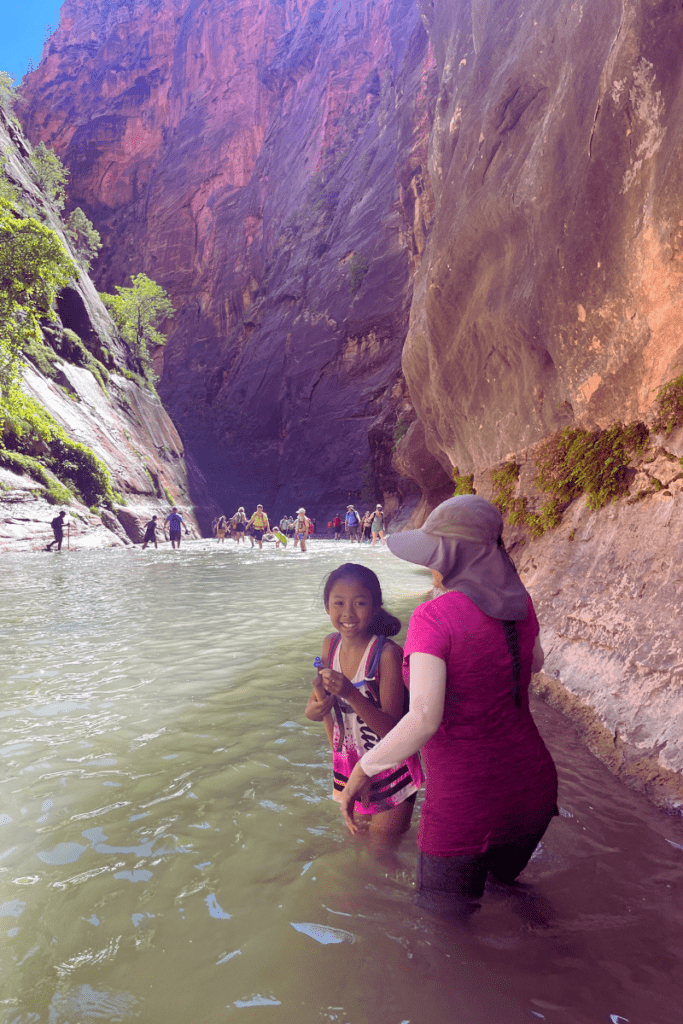
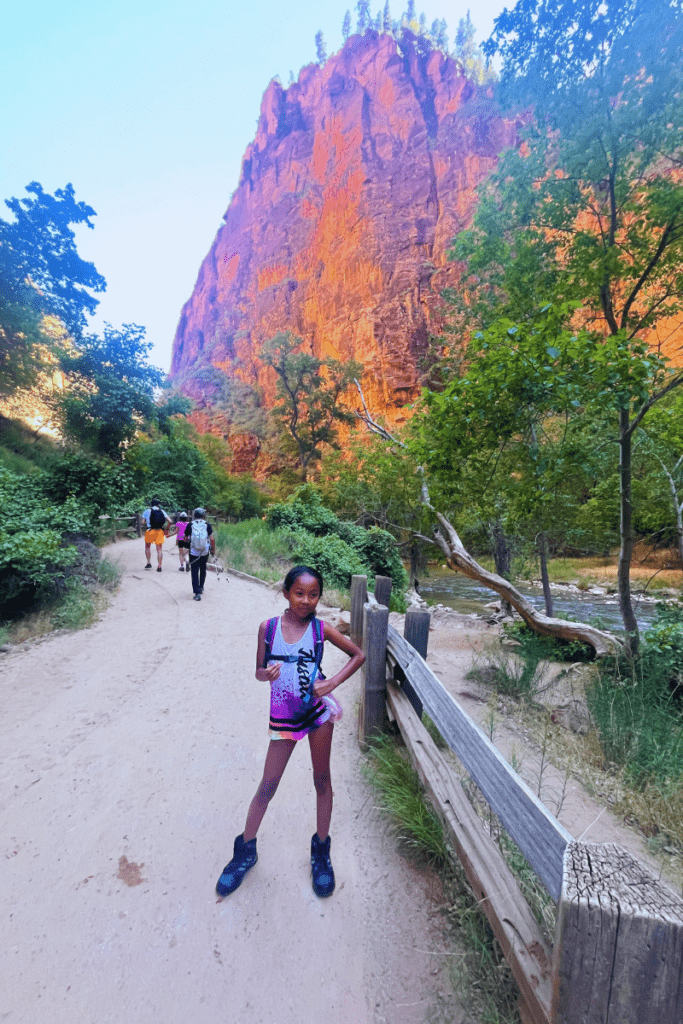
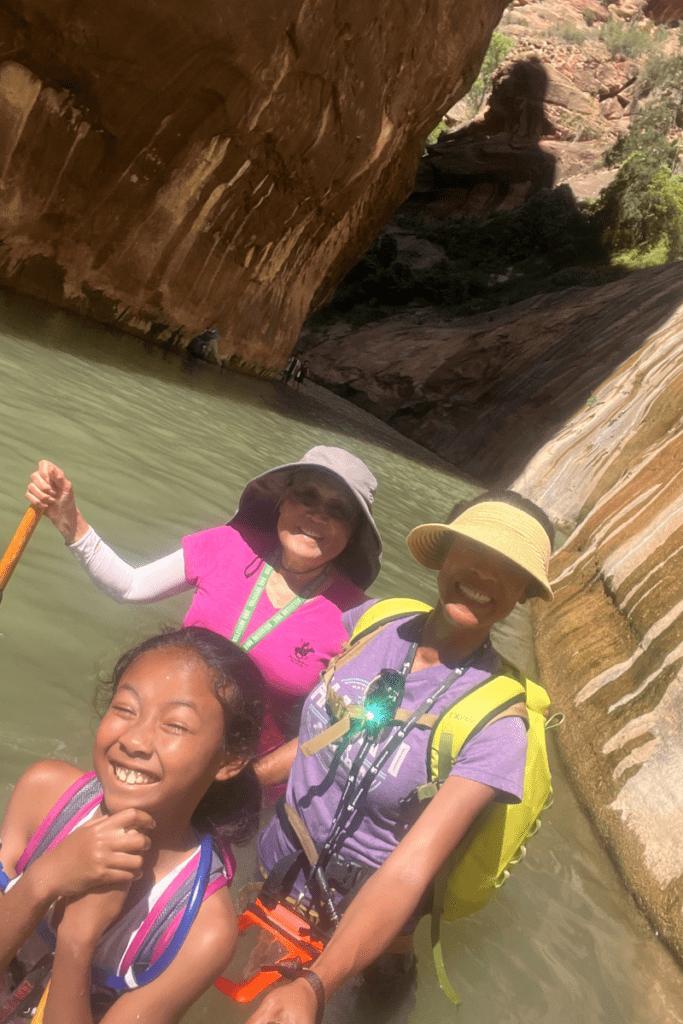
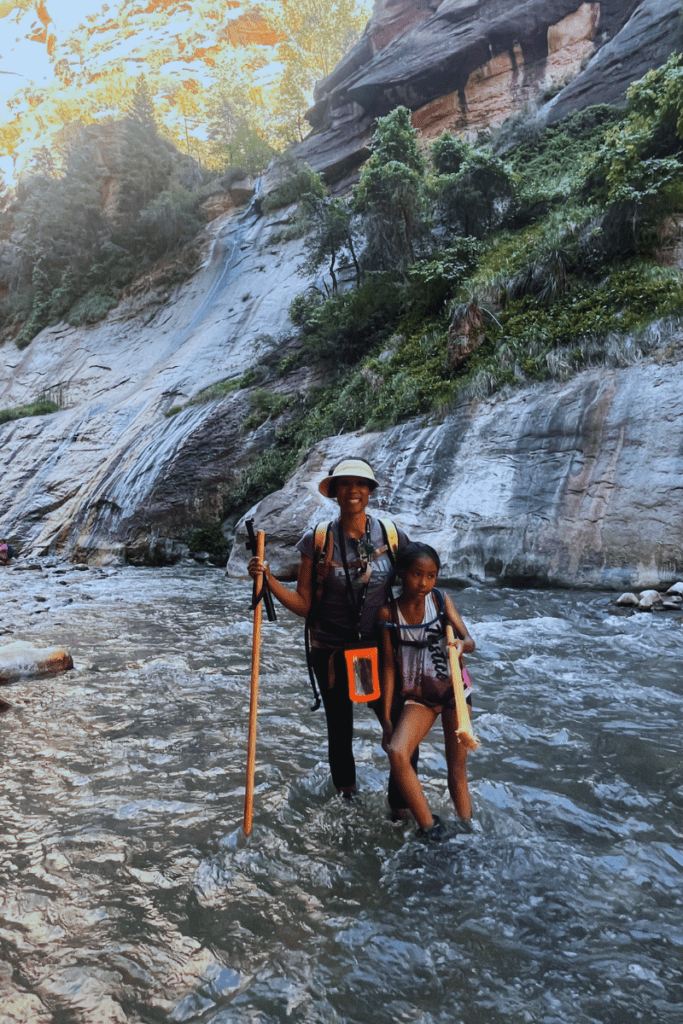
Is Discovering Mt. Zion with Family Worth the Visit?
Pros and Cons of Discovering Mt. Zion with Family
Pros:
- Unmatched Natural Beauty: Mt. Zion’s landscapes are awe-inspiring and serene, featuring towering cliffs, verdant valleys, and the vibrant Virgin River.
- Diverse Activities: The park offers a range of activities, from easy walks like the Riverside Walk to more challenging adventures such as Angels Landing. The Narrows provides a unique, immersive experience with its refreshing waters and dramatic canyon walls.
Cons:
- Time Constraints: To thoroughly explore the South Entrance of Mt. Zion, you need at least three days. A single day often feels insufficient to fully appreciate all that the park has to offer.
- Crowds: As one of the most visited national parks, Mt. Zion can become crowded, especially during peak seasons. This may affect the solitude many visitors seek.
Personal Reflection from Mother on Discovering Mt. Zion with Family
Mt. Zion was an absolutely breathtaking experience. However, the limited time we had made the visit feel rushed. Exploring The Narrows was particularly memorable. I am so grateful we had water boots. They provided the perfect amount of foot protection and stability for navigating the rocky riverbed. These boots were especially crucial for my 70-something-year-old mother. Despite falling twice in The Narrows, she fortunately didn’t get hurt, thanks to the boots and the walking stick. The stick proved essential for maintaining balance.
The experience of discovering Mt. Zion with family was deeply moving. Yet, our swift pace left me yearning for more time to fully absorb the serene beauty of the park. I long to return and spend a few more days here, taking in the majestic landscapes and the tranquil ambiance at a more leisurely pace. Mt. Zion truly is a place of refuge. I am eager for my son to experience this with us next time. The spiritual connection and the profound sense of peace we felt while discovering Mt. Zion with family are what make this place so special. I hope to relive and share this experience again.
Understanding Mt. Zion
Historical Background of Mt. Zion National Park
Named for the ancient Hebrew term “Zion,” which signifies a place of refuge or sanctuary, Mt. Zion National Park embodies peace and tranquility. This designation perfectly captures the essence of the park’s environment—tranquil and spiritual. It offers visitors a sanctuary from the hustle and bustle of daily life. The park’s stunning natural beauty, diverse landscapes, and opportunities for reflection and adventure make it an essential destination for nature lovers and those seeking respite in the great outdoors.
Significance of the Name “Zion”
Mt. Zion National Park was originally known as Mukuntuweap, believed to mean “straight canyon.” This name was attributed to the area by explorer John Wesley Powell during his expeditions. It reflected his understanding of the Paiute language. The name “Zion” was later introduced by Isaac Behunin, a Mormon pioneer who settled in Zion Canyon in 1863, near the site of today’s Zion Lodge. Here, he farmed tobacco, corn, and fruit trees.
Behunin was profoundly moved by the natural grandeur of the canyon and famously stated, “A man can worship God among these great cathedrals as well as he can in any man-made church; this is Zion.” His remark highlights the deep spiritual resonance of the name “Zion,” which originates from the Bible. It refers to Mount Zion in ancient Israel. The term carries significant spiritual connotations within Judeo-Christian cultures, often symbolizing the Kingdom of Heaven, a sanctuary, or a place of peace and happiness.
The spiritual and majestic qualities of Zion National Park are palpable when experienced first-hand. The park’s towering rock formations, lush valleys, and serene vistas reinforce the suitability of its name, “Zion.” This feeling is why Behunin and many others have felt a deep connection to this landscape. They regard it as a natural cathedral where one can feel closer to the divine. The experience of Mt. Zion up close powerfully affirms that “Zion” is indeed an apt name for such an awe-inspiring place.
Discover Mt. Zion in Utah and A Must Have For Hiking in Utah!

